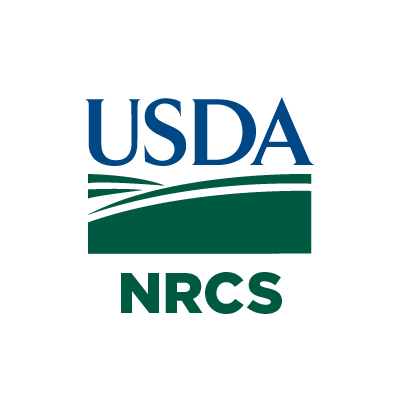NRCS budgets $10 million to support OGWRP farmers
- NRCS

- Sep 29
- 3 min read
Application batching deadline: Oct. 23, 2025
SPOKANE VALLEY, Wash. – The Natural Resources Conservation Service (NRCS) has budgeted $10 million in Environmental Quality Incentives Program (EQIP) WaterSMART Initiative (WSI) funding to support farmers within the Odessa Groundwater Replacement Program (OGWRP) area.
The funding will be utilized to help convert farm operations from ground water to surface water systems with canal to pipeline conversion, watershed planning, and infrastructure improvements. The NRCS will be able to contract $2 million per year for five years to utilize all the funding. The goal is to fund 40 new contracts to cover an additional 15,000 acres.
This funding is designed to accelerate on-farm water use efficient projects. These improvements are not just about conservation; they are about helping farmers modernize their operations for a more predictable and resilient future.
Decommission irrigation wells
Irrigation system upgrades: Install more efficient irrigation systems, such as pipelines, sprinkler, or micro-irrigation systems, to reduce water loss from seepage and evaporation.
Improved water management: Adopt irrigation water management plans and monitoring technology to optimize water application and ensure soil moisture is maintained efficiently.
Reduced energy costs: New systems and management practices can lower the energy required to deliver water, reducing your operational costs.
Healthier land: Many EQIP-funded practices also benefit soil health, crop productivity, and overall farm health.
Once these on-farm efficiency projects are completed, an additional 39,000 acre-feet of
groundwater will be preserved for the region, strengthening the long-term water supply for the entire community.
Eligibility and how to participate
To be eligible for the EQIP funding, producers must have an operation within the 87,700-acre
OGWRP priority area. This covers parts of Adams, Grant, Lincoln, and Franklin counties. Their land must be within the federally managed Columbia River Basin Project and have a valid state-issued groundwater right that can be exchanged for surface water.
How to Get Started
Contact your local NRCS office: This is the best first step. A conservation planner will meet with you one-on-one to discuss your goals and assess the resource concerns on your land.
Please note, although NRCS accepts applications for its conservation programs year-round,
Washington producers interested in this program must first submit their EQIP application to
their local service center by Oct. 23, 2025.
Highly Erodible Lands and Wetland Determination (AD 1026)
Adjusted Gross Income Form (CCC 941)
Farm and Track Eligibility determination
Farm Operating Plan (CCC 902)
Application ranking: Applications for the WaterSMART initiative are automatically ranked in a
targeted fund pool. The highest-ranked applications are selected for funding. Producers will be notified whether their applications will be funded around mid-to-late spring, 2026.
More Information
To learn how to get started with NRCS, click here, or visit a local USDA service center.
Producers can also apply for NRCS programs, manage conservation plans and contracts, and view and print conservation maps by logging into their farmers.gov account. If you don’t have an account, sign up today. To learn how to sign up for free email and text alerts about the latest NRCS program and national funding opportunities, click here.
For 90 years, NRCS has helped farmers, ranchers and forestland owners make investments in their operations and local communities to improve the quality of our air, water, soil, and wildlife habitat. NRCS uses the latest science and technology to help keep working lands working, boost agricultural economies, and increase the competitiveness of American agriculture. NRCS provides one-on-one, personalized advice and financial assistance and works with producers to help them reach their goals through voluntary, incentive-based conservation programs. For more information, visit nrcs.usda.gov.
USDA is an equal opportunity provider, employer and lender.
____
_edited.png)



Comments